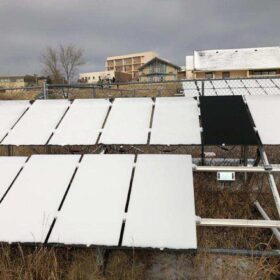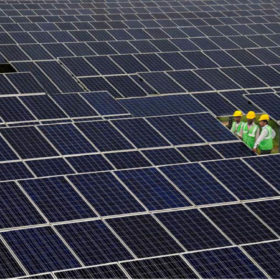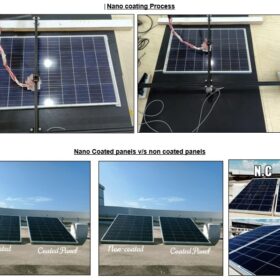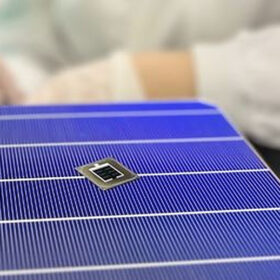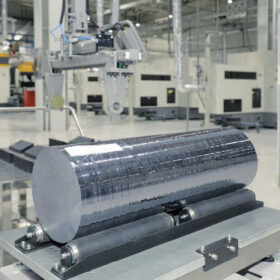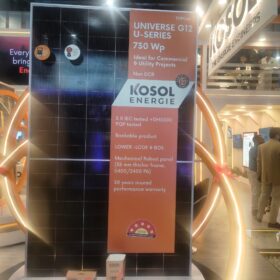Astronergy announces new TOPCon solar module series
Huang Haiyan, chief sales officer for Astronergy, spoke with pv magazine at the recent SNEC trade show in Shanghai about the company’s new TOPCon PV module line and its broader expansion plans.
All antireflective solar module coating techs at a glance
Scientists in the United Kingdom have investigated the durability and performance of all antireflecting coatings for solar modules and said further work is needed to improve industry standards. Their review addresses single-layer and multi-layer techniques and provides insight on their costs and viability.
Dutch government allocates €412 million to support ‘circular’ PV panel manufacturing
The Dutch cabinet said it will support solar factories that will produce panels with a circular economy approach. It also allocated €296 million to support battery manufacturing.
China polysilicon price fall decelerates as it reaches ground-floor
In a new weekly update for pv magazine, OPIS, a Dow Jones company, provides a quick look at the main price trends in the global PV industry.
Developer using membranes to increase bifacial solar module yield by 6.4%
Germany-based Solar Kapital has used membranes at three of its PV plants in Greece. It claims that the payback time of the new solution is relatively short.
Premier Solar, Amara Raja Infra JV wins $130 million contract in Bangladesh
Premier Solar Powertech, in a joint venture with Amara Raja Infra, has secured a $130 million PV contract in Bangladesh. The company will provide technical support and supply 140 MWp of high-efficiency solar panels to the project.
Avaada Group closes $1.3 billion funding round
The integrated energy company has closed $1.3 billion in financing for its green hydrogen, green methanol, green ammonia, solar manufacturing, and renewable power generation ventures.
New nanocoating to improve solar module output
India’s TriNANO Technologies has developed a nanocoating for solar modules that reportedly increases the panel’s power generation by up to 4% owing to its light trapping, anti-reflection and self-cleaning properties. It also lowers the panel temperature by 2-3 degrees Celsius compared to non-coated panels.
All solar cell efficiencies at a glance – updated
The research group led by Professor Martin Green has published Version 62 of the solar cell efficiency tables. There are 21 new results reported in the new version, a record number for the Tables.
Insolation Energy plans 600 MW solar cell manufacturing facility
The Rajasthan-based solar module manufacturer is setting up a 600 MW PV cell production facility. It is also expanding its panel production capacity to 1.2 GW from the current 700 MW.

